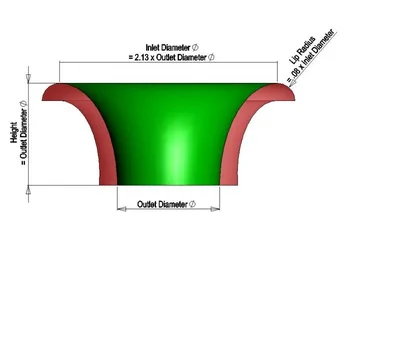What's the crack pressure?
Can't remember now. The other factor is the pulse which is very very important. And there can't be any expansion at all in the line. Your not even supposed to rebend a line as it dislodges the internal lining.
Follow along with the video below to see how to install our site as a web app on your home screen.
Note: This feature may not be available in some browsers.
This site may earn a commission from merchant affiliate
links, including eBay, Amazon, Skimlinks, and others.
What's the crack pressure?
So I been doing some googling as of late and found this neat article pertaining specifically to diesel intake manifolds. Although the abstract does not describe the diameter of the runners, or if they are tapered, it does say there are some good gains to be had increasing the volume of the plenum, or at least having a plenum in my case, for more even cylinder filling. It did have a significant impact on BCFC as well which is really neat. I tried to purchase the article, but it didnt like my card.
http://asmedl.org/getabs/servlet/Ge...4298000171000001&idtype=cvips&gifs=yes&ref=no
So I been doing some googling as of late and found this neat article pertaining specifically to diesel intake manifolds. Although the abstract does not describe the diameter of the runners, or if they are tapered, it does say there are some good gains to be had increasing the volume of the plenum, or at least having a plenum in my case, for more even cylinder filling. It did have a significant impact on BCFC as well which is really neat. I tried to purchase the article, but it didnt like my card.
http://asmedl.org/getabs/servlet/Ge...4298000171000001&idtype=cvips&gifs=yes&ref=no

So the isuze engine gained 10% with just a mod to its manifold? That is crazy. That is crazy good, cus my stock intake has about as much thought in its design as you would use shelling a peanut. Lots to be gained.


So the isuze engine gained 10% with just a mod to its manifold? That is crazy. That is crazy good, cus my stock intake has about as much thought in its design as you would use shelling a peanut. Lots to be gained.

Yeah, your not getting it. At high flow (top end) the flow from snorkle to intake manifold is the restriction. Having charged air right there helps this ALOT. And having to pressurise a large volume area before boost is achieved = lag.
